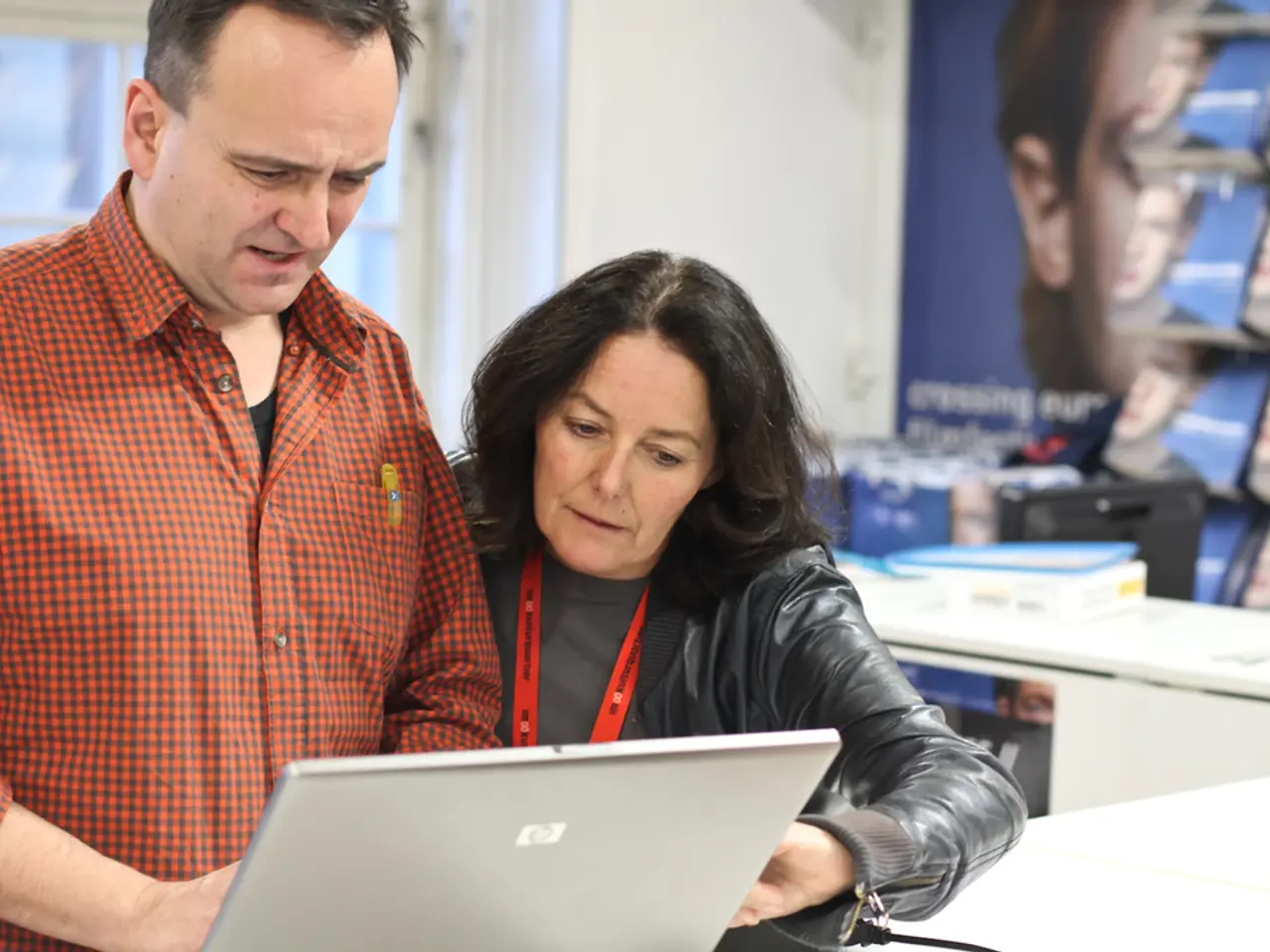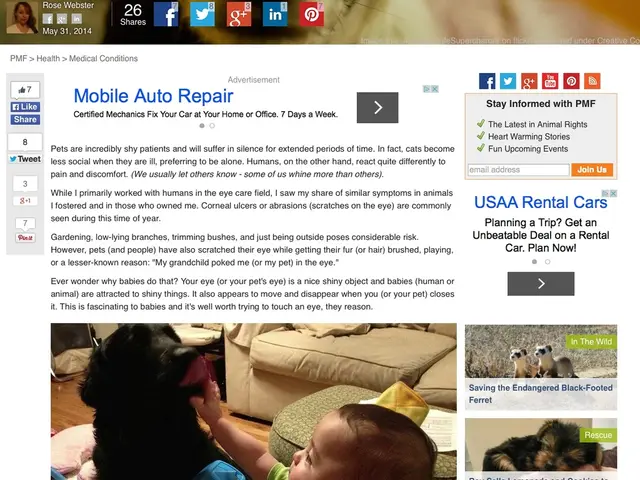Tracking Location Processes Explained
In a world where precision and efficiency are paramount, the use of technology to track assets, equipment, and people has become increasingly important. One such technology that has gained prominence is Radio Frequency Identification (RFID).
Unlike GPS, which is not a practical or cost-effective solution for local-area and indoor tracking, RFID technology offers a viable alternative. This system works by attaching RFID tags to assets, equipment, or people, which are then detected by RFID readers or sensors strategically placed in the environment. This provides real-time or near-real-time data on the location and movement of tagged entities within a defined indoor or local area.
RFID systems use either passive or active RFID tags. Passive tags are powered by the reader’s radio waves and scanned at specific checkpoints such as doors, gates, or production stages, whereas active tags have their own power source and can be detected continuously over a broader range. Scanning these tags at choke points provides location information of the assets or personnel at those points.
For more continuous and precise tracking, especially indoors where GPS is unreliable, RFID can be part of a broader indoor positioning system (IPS). These systems combine RFID with other technologies like Bluetooth, Wi-Fi, or ultra-wideband (UWB) to locate objects or individuals within a building. RFID identifies unique tags at fixed positions or measures distances to reference points, enabling systems to compute position via methods like trilateration or fingerprinting.
In healthcare settings, Real-Time Location Systems (RTLS) based on RFID track staff, patients, and critical assets. This real-time location data facilitates faster emergency responses, ensures that personnel are present in high-risk or restricted areas, and integrates with electronic health records, security, and communication systems to enhance safety and operational efficiency. For example, RTLS can instantly alert teams to emergency situations by pinpointing exact locations, thus saving crucial time.
In addition to healthcare, RFID technology is also being used in warehouses to manage inventories and fleets of vehicles. Knowing the exact location of each piece of inventory helps control the supply chain and save money. Readers are placed in strategic locations to accurately read RFID tags within inches.
Innovative applications of RFID technology can also be seen in amusement parks, where children can wear a wristband with an embedded RFID tag for tracking. At Legoland in Denmark, the tag identification number can be registered with the parents' mobile phone.
Moreover, location tracking technologies can help retailers and marketers find customers to better target their key markets. Meanwhile, for wide-area tracking, GPS remains the ideal technology for tracking vehicle fleets across the country or the world.
In conclusion, RFID technology enables effective local-area and indoor tracking by providing unique identification and location data through tags and readers within a confined space. This not only improves asset management but also enhances safety, operational efficiency, and integration with existing workflows and systems.
- The integration of data-and-cloud-computing with RFID technology in healthcare settings allows for real-time tracking of health data, staff, patients, and critical assets, which can be used to enhance safety, operational efficiency, and control the supply chain.
- The efficiency of RFID technology extends beyond healthcare, as it is being employed in warehouses to precisely manage inventories and fleets of vehicles, thereby saving money and improving supply chain control.
- In the realm of electronics and technology, the implementation of RFID technology in various industries, such as warehousing and amusement parks, demonstrates its versatility and potential for future innovation, such as enhancing retail marketing strategies.




